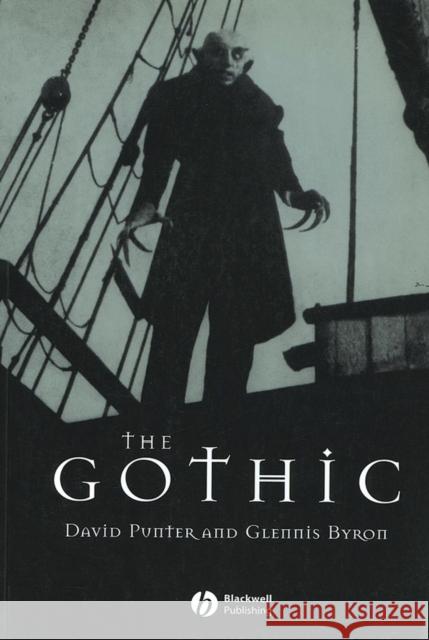The Gothic » książka
topmenu
The Gothic
ISBN-13: 9780631220633 / Angielski / Miękka / 2004 / 315 str.
The Gothic
ISBN-13: 9780631220633 / Angielski / Miękka / 2004 / 315 str.
cena 159,24 zł
(netto: 151,66 VAT: 5%)
Najniższa cena z 30 dni: 157,29 zł
(netto: 151,66 VAT: 5%)
Najniższa cena z 30 dni: 157,29 zł
Termin realizacji zamówienia:
ok. 30 dni roboczych
Bez gwarancji dostawy przed świętami
ok. 30 dni roboczych
Bez gwarancji dostawy przed świętami
Darmowa dostawa!
This guide provides an overview of the most significant issues and debates in Gothic studies.
- Provides an overview of the most significant issues and debates in Gothic studies.
- Explains the origins and development of the term Gothic.
- Explores the evolution of the Gothic in both literary and non-literary forms, including art, architecture and film.
- Features authoritative readings of key works, ranging from Horace Walpole's The Castle of Otranto to Bret Easton Ellis's American Psycho.
- Considers recurrent concerns of the Gothic such as persecution and paranoia, key motifs such as the haunted castle, and figures such as the vampire and the monster.
- Includes a chronology of key Gothic texts, including fiction and film from the 1760s to the present day, and a comprehensive bibliography.











